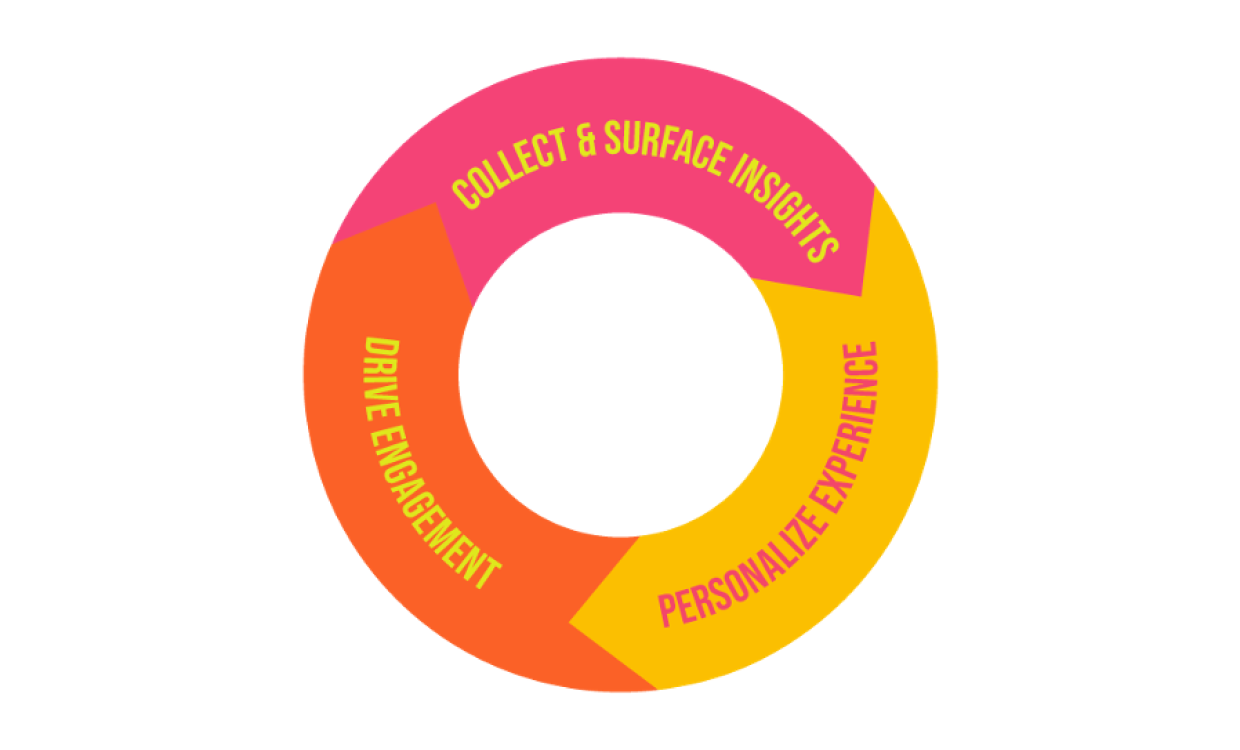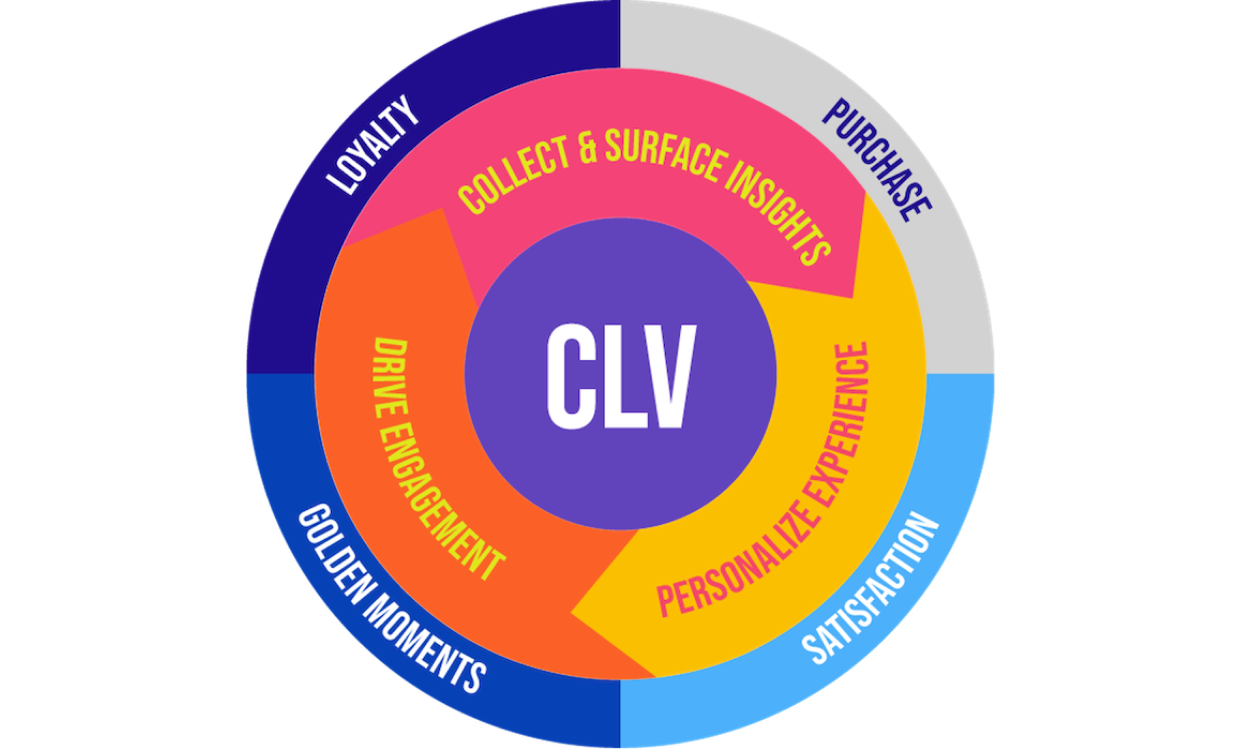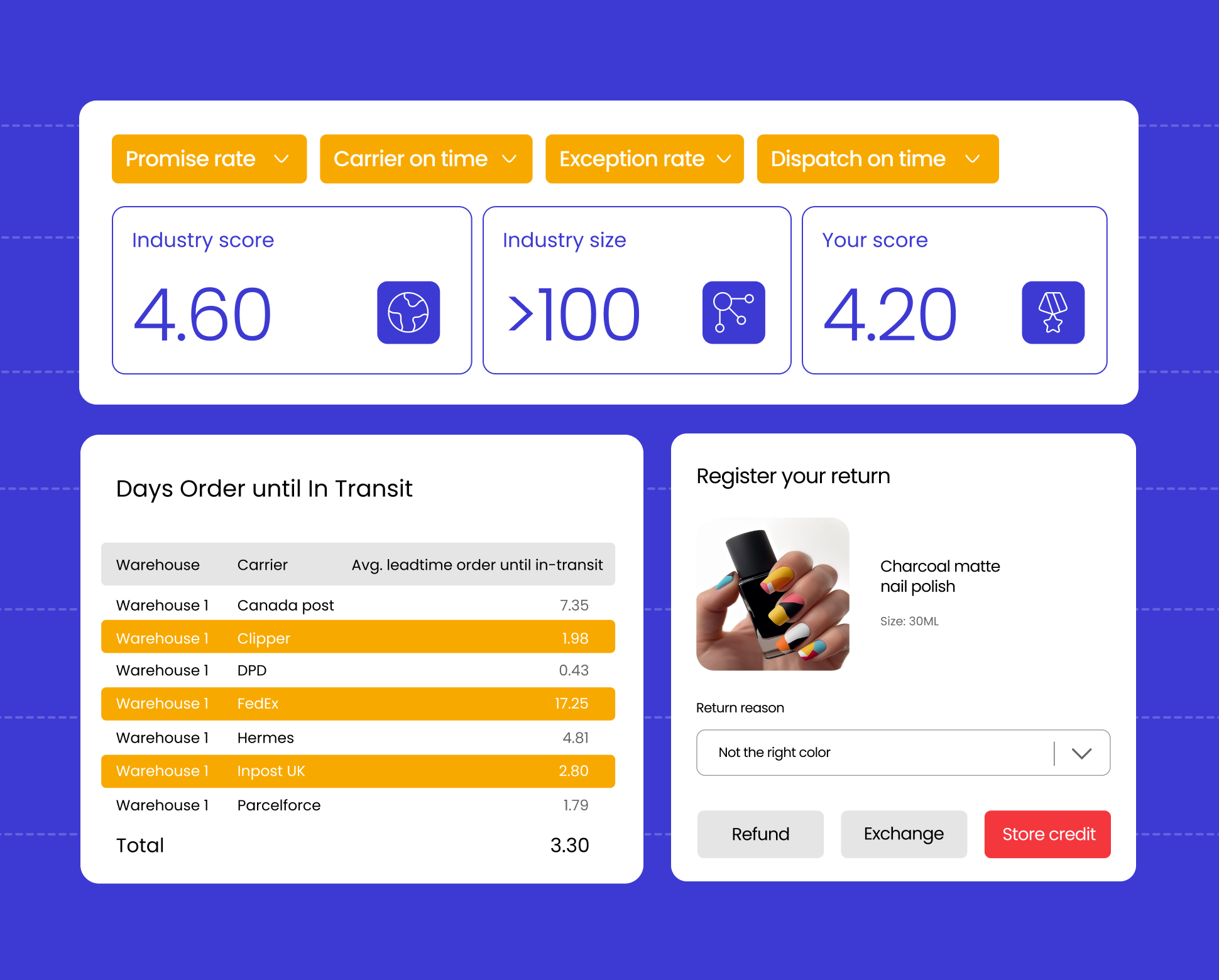The Data Flywheel – A dynamic marketing model to boost customer lifetime value

Contents
In today’s highly competitive retail market, traditional marketing approaches like the funnel are beginning to show their limitations. While funnels are great for driving one-time transactions, they often fail to nurture long-term customer relationships. With consumers now expecting more personalized, ongoing engagement, businesses are shifting their focus toward strategies that prioritize customer satisfaction and retention.
Enter the parcelLab Data Flywheel – a dynamic marketing model designed to continuously engage customers, turning them into both advocates and loyal, repeat buyers. Unlike the conventional funnel, which guides new customers through various stages of the buyer’s journey toward a single transaction, the Flywheel focuses on a continuous, customer-centric cycle. This shift from short-term sales goals to sustained customer interaction is crucial for building lasting value and thriving in the modern market.
What is the Data Flywheel model?
The Flywheel model works by placing customer learning, personalization, and engagement at the center of your retail strategy. Instead of focusing solely on closing a sale, it continuously builds momentum through positive customer experiences. Each satisfied customer fuels the wheel, driving repeat business, referrals, and long-term loyalty, creating a self-sustaining cycle of growth.

Key focus areas of the Data Flywheel model:
- Capture and analyze every customer data and touchpoints to surface new insights. Use these insights to test and evolve effective customer personalization across communication channels, preferences, and proactive support.
- Engage the customer by delivering exceptional customer service, maintaining open communication, showing appreciation, and consistently exceeding customer expectations.
The benefits of the Data Flywheel approach:
The parcelLab Data Flywheel offers a more effective and customer-focused marketing strategy, with several key advantages:
- Enhanced efficiency: Unlike traditional funnels that focus on a one-time sale, the Flywheel allows for ongoing customer interaction, fostering long-term relationships and generating recurring revenue.
- Flexibility and agility: Continuous engagement and feedback enable your business to quickly adapt to evolving customer needs. The Flywheel’s adaptability ensures long-term relevance and resilience, even in a rapidly changing market.
- A holistic view of the customer lifecycle: By focusing on understanding and meeting customer needs at every stage, the Flywheel enhances customer loyalty and increases the likelihood of referrals, as customers consistently experience value.
Flywheel vs. Funnel: An objective comparison
Let’s dissect the key differences between the funnel and Flywheel model:
- Structural differences: The main difference between the linear funnel and the circular Flywheel lies in their approach. The funnel represents a linear, a-to-b journey leading to a sale, after which the relationship typically ends or retailers go back to “a”.
- Customer-centric focus: While the funnel centers on closing a sale as the ultimate goal, the Flywheel prioritizes ongoing engagement and building relationships. In the Flywheel model, customer satisfaction and loyalty are at the core, leading to repeat interactions and long-term connections. Sales are viewed as milestones, not endpoints.
- Long-term vs. short-term perspective: The funnel is designed for short-term sales goals, quickly moving prospects through the process to close deals. In contrast, the Flywheel takes a long-term approach, focusing on cultivating sustainable relationships that drive growth over time.
- Retention and loyalty: The Flywheel excels in areas where customer retention and loyalty are critical. While the funnel often shifts focus after the sale, the Flywheel continues to nurture relationships, maximizing customer lifetime value (CLV). This makes the Flywheel a stronger foundation for sustainable growth compared to the short-term focus of the funnel.

Top considerations to ensure a successful shift from funnel to Flywheel approach:
- Cultural mindset shift: Foster a customer-first mentality across all departments, not just marketing. This may involve retraining teams and changing performance metrics to focus on retention, satisfaction, and CLV.
- Data and insights utilization: Invest in tools that provide a 360-degree view of the customer journey. Use data to continuously iterate and improve customer experiences, ensuring that feedback is acted upon quickly to maintain momentum.
- Aligning technology and tools: The Flywheel model requires an integrated tech stack, so ensure your systems speak to each other – CRM, Supply Chain, Order Management, ERP, Marketing Automation and all other systems vital to you.
- Consistency in customer experience: Review the entire customer journey, from pre-purchase to post-purchase, to identify gaps or friction points. Consistency in communication, service quality, and personalization will help keep customers engaged and loyal.
- End-to-end approach: Every touchpoint matters to start the next journey. In a circular view, post-purchase of transaction No.1 is pre-purchase of transaction No.2.
- Measuring new success metrics: Traditional funnel metrics like conversion rates may not fully capture the effectiveness of a Flywheel strategy. Focus on metrics such as customer retention rates, net promoter scores (NPS), CLV, and referral rates.
It’s time you reconsider your marketing strategy and assess how it impacts customer experience. The Data Flywheel marketing model prioritizes continuous customer engagement and long-term relationship building, offering a more sustainable growth strategy compared to the traditional funnel. By focusing on customer satisfaction, retention, and loyalty, the Flywheel drives repeat business and referrals, making it a powerful tool for maximizing CLV in today’s dynamic market.



